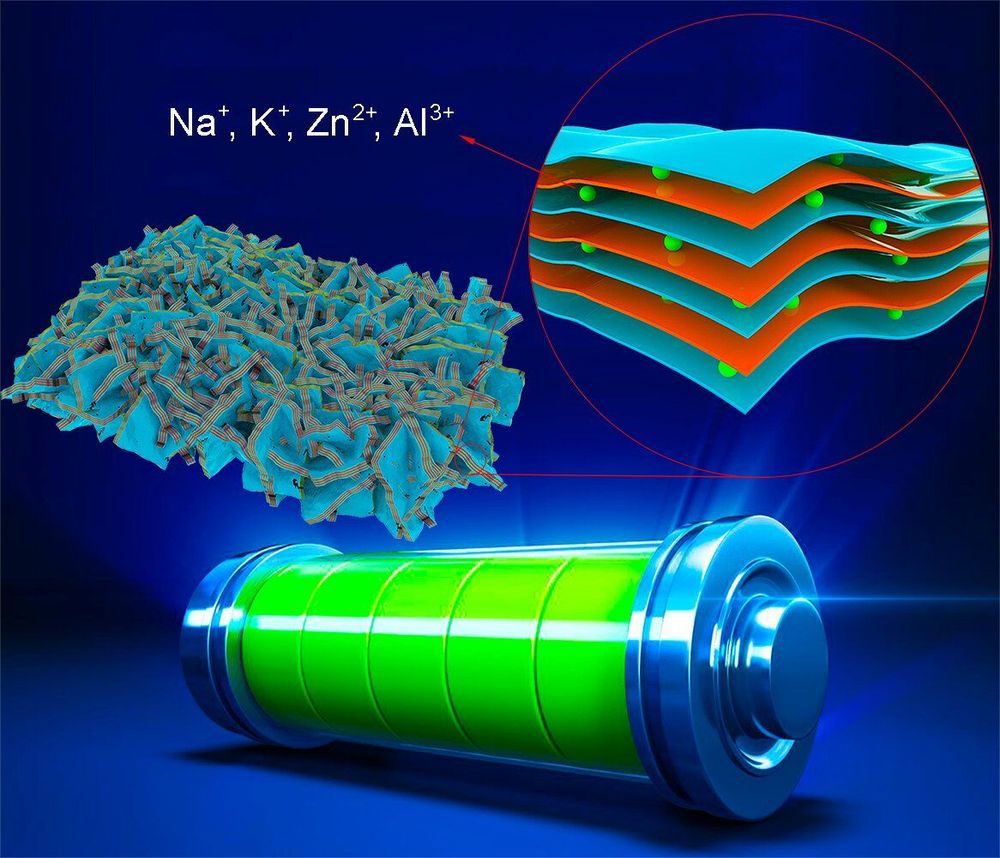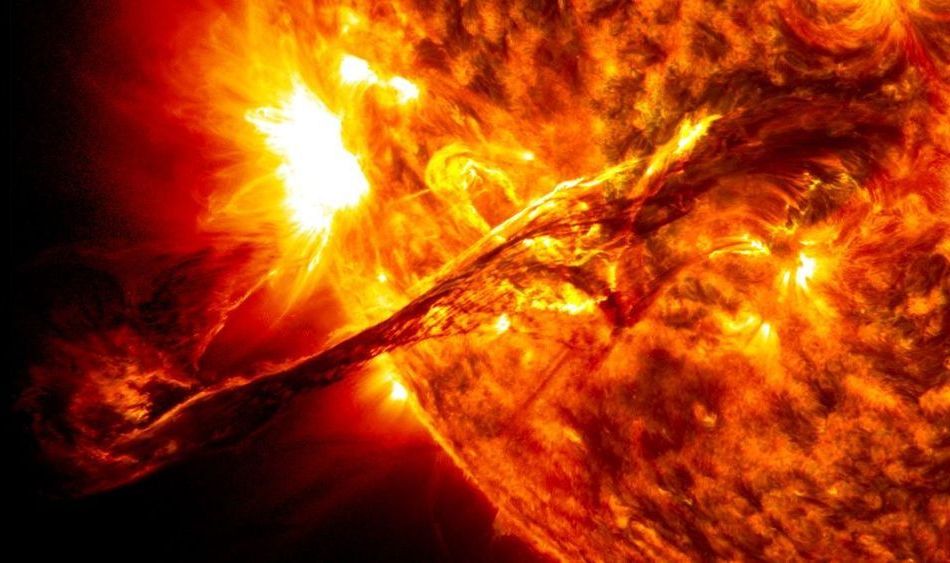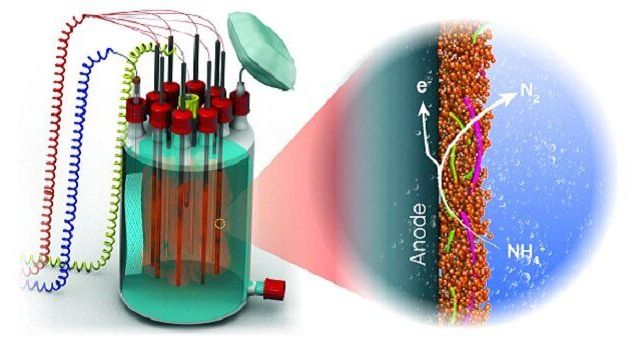
On a cold March night last year in Portsmouth, England, an entirely new type of aircraft flew for the first time, along a dimly lit 120-meter corridor in a cavernous building once used to build minesweepers for the Royal Navy.
This is the Phoenix, an uncrewed blimp that has no engines but propels itself forward by varying its buoyancy and its orientation. The prototype measures 15 meters in length, 10.5 meters in wingspan, and when fully loaded weighs 150 kilograms (330 pounds). It flew over the full length of the building, each flight requiring it to undulate up and down about five times.
Flying in this strange way has advantages. For one, it demands very little energy, allowing the craft to be used for long-duration missions. Also, it dispenses with whirring rotors and compressor blades and violent exhaust streams—all potentially dangerous to people or objects on the ground and even in the air. Finally, it’s cool: an airship that moves like a sea creature.
















